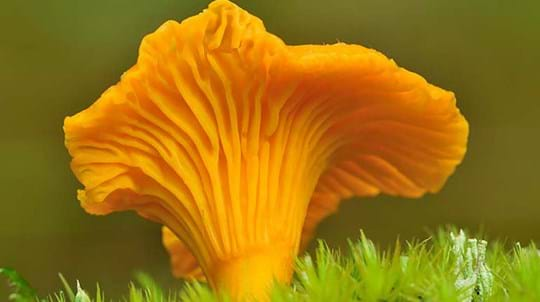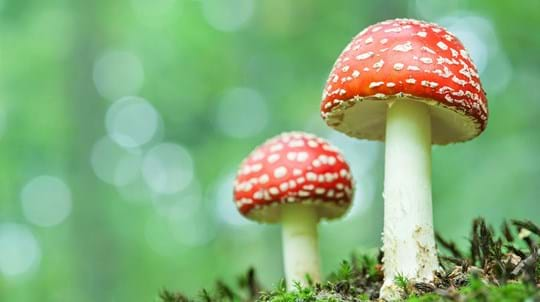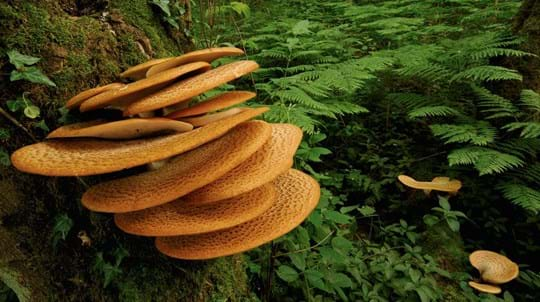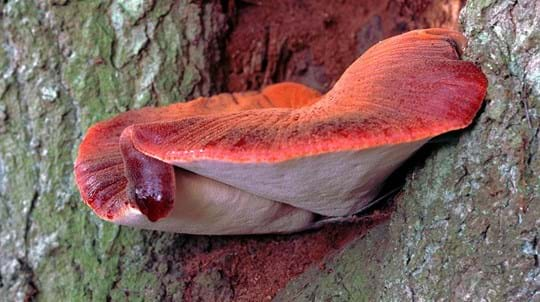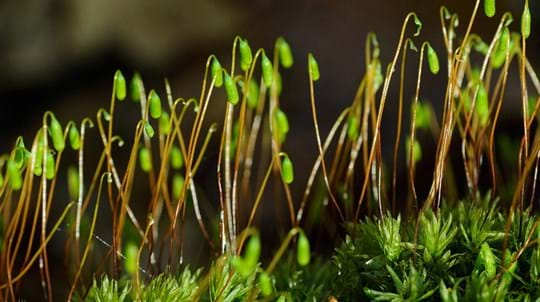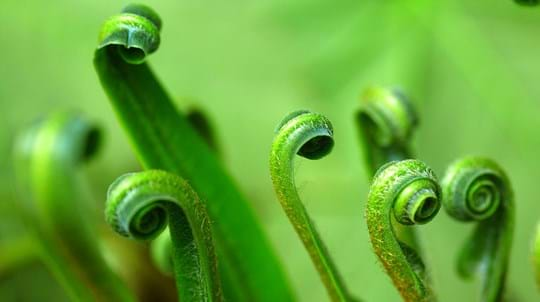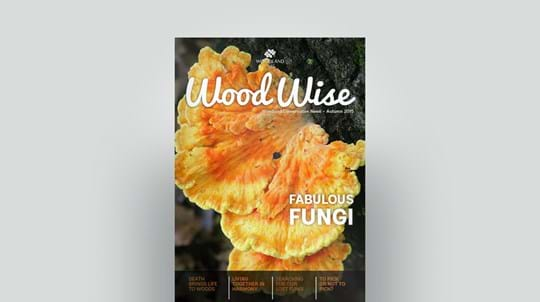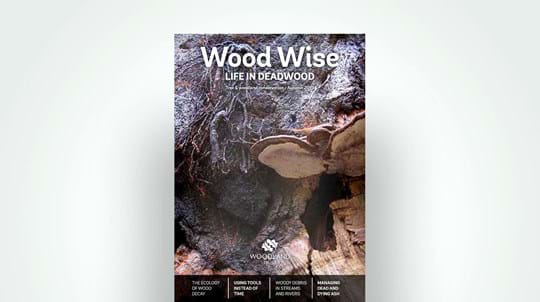
Credit: Neil Hardwick / Alamy Stock Photo
Where to find beechwood sickener
Beechwood sickener can be found in beech woods throughout the UK and Ireland and on mainland Europe. It also occurs in several Asian countries and has been recorded in parts of North America.




